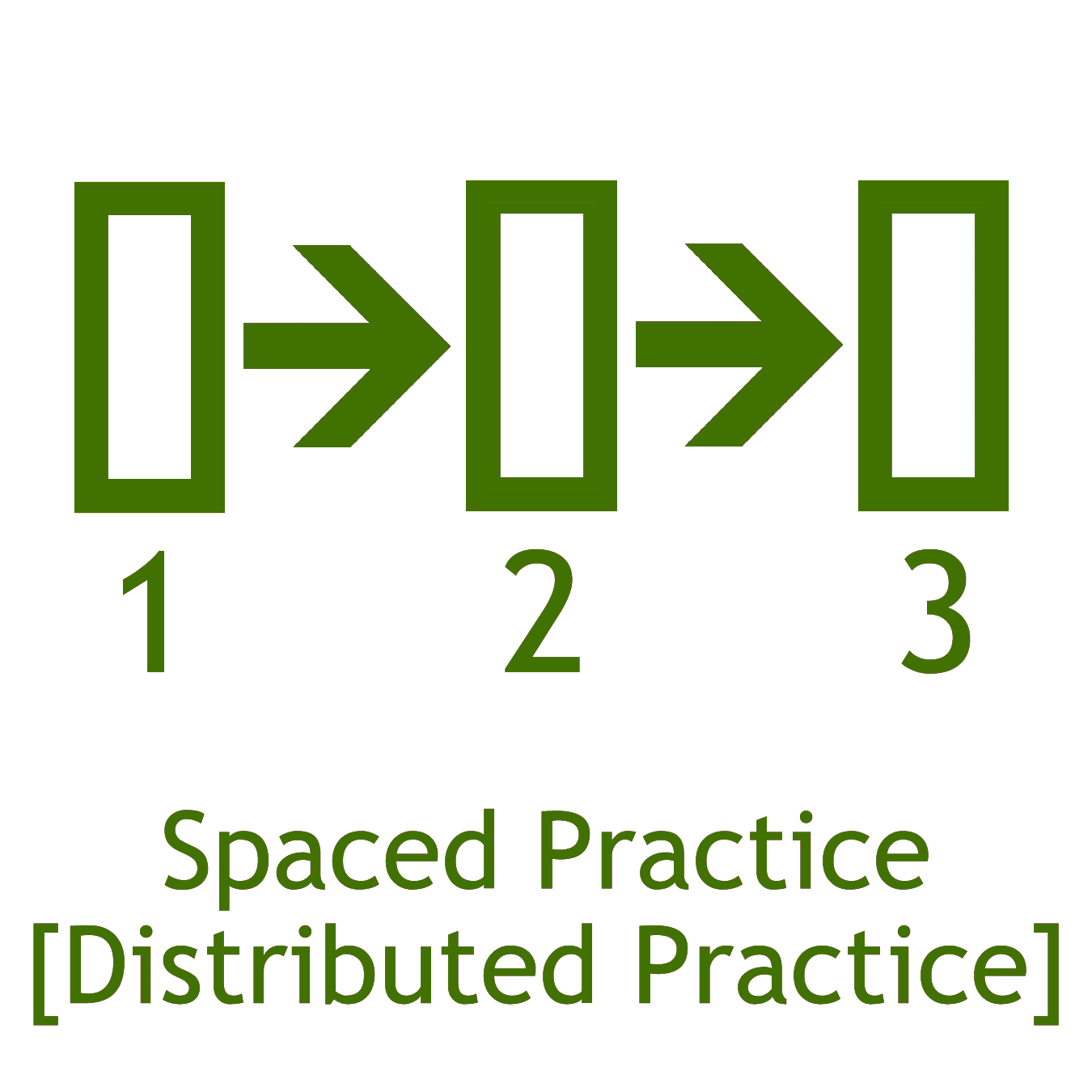

This includes shop and warehouse floor slabs, concrete footings, and other industrial and commercial large-scale projects.ĭepending on where you live in Maryland, the application, and the need to withstand regular freeze/thaw cycles, we would likely recommend 4000 PSI concrete applications for your home or business project. Heavily trafficked pavement that requires heavy loads usually requires using 4000 PSI concrete. Beams, floor slabs, and building footings are also commonly built using 3500 PSI concrete. You should consider 3500 PSI concrete for heavily trafficked areas and where heavy loads are regularly stored or moved. Surface spalling happens when stress on the surface causes the concrete to flake or break off. 3500 PSI ConcreteĪ minimum application of 3500 PSI concrete reduces surface spalling that can happen in lower-grade concrete mixes. You should consider this concrete application the minimum PSI strength to use in your home project in Maryland. The mixture can be used wet and still provide a solid finished result. This is also the minimum strength concrete the state of Maryland uses for concrete walkways and sidewalks. Most general construction applications use 3000 PSI concrete, which is sturdier and longer-lasting than 2500 PSI concrete. It is also commonly used for construction projects as fill material. Most states–including Maryland–have a minimum PSI level of 2500 for concrete in homeowner projects.Ģ500 PSI concrete is best for sidewalks, residential driveways, floor slabs, and walkways. When choosing a concrete mix, 2500 PSI is the cheapest option available.

Which PSI requirement do you need for different concrete applications? Here’s what you need to know about finding the right PSI concrete for your next home or business project. It measures the material’s ability to stand up to compression and carry loads on its surface. The pounds per square inch, or PSI, rating of concrete is the result of compression testing. You can determine the PSI strength of the concrete by the results of the 28-day test. You can complete an initial test after curing for seven days and then again twenty-eight days after application. You’ll use a compression test to measure the strength of concrete. While all concrete may look the same, different applications require a different concrete psi to create a long-lasting product that stands up to repeated use.


 0 kommentar(er)
0 kommentar(er)
